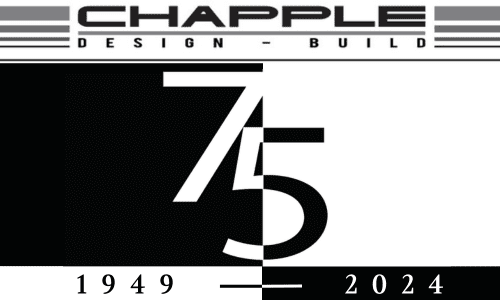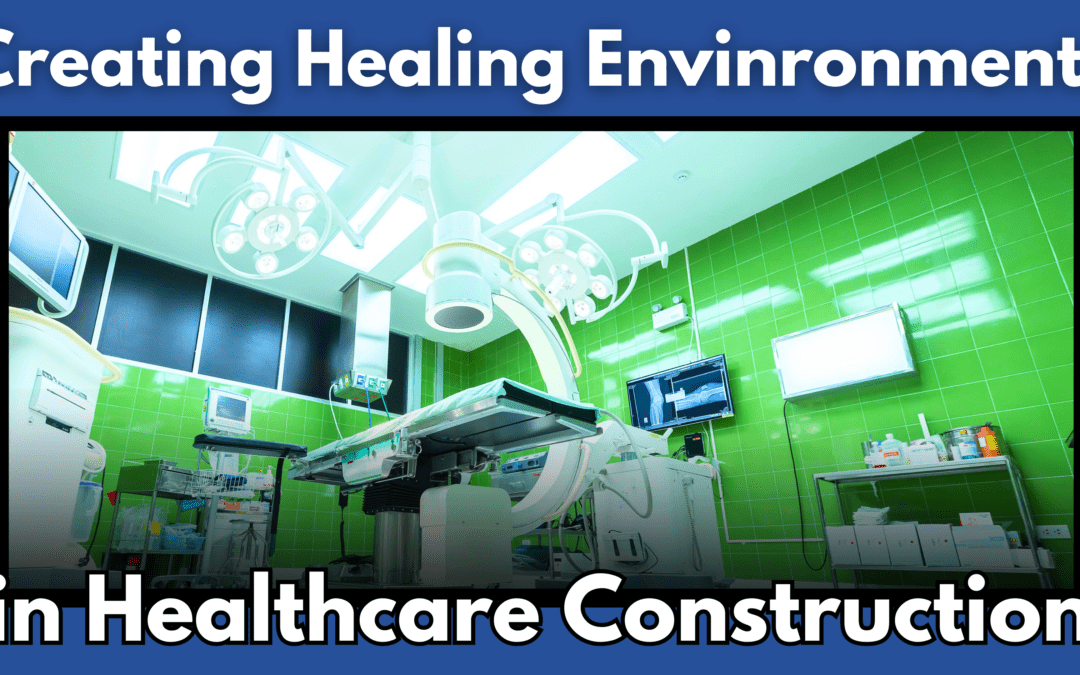Healthcare architecture and design increasingly requires a holistic approach. Your medical facility needs to be designed for workflow and patient comfort, instead of the utilitarian designs of the past.
“Wellness design” is a growing trend in healthcare construction focusing on creating spaces promoting physical and emotional well-being. By incorporating elements that reduce stress, improve mood, and boost recovery, a wellness layout can greatly contribute to the overall therapeutic process.
Patient-Centered Building Design
By guaranteeing that workspaces create intuitive workflows healthcare professionals can perform their duties more effectively, benefiting the care recipient and your business.
When patients and staff can easily navigate their work environment and struggle less with basic job functions, it leads to a more harmonious environment. This has been shown to reduce burnout among workers, which is a major hurdle in healthcare.
Thoughtful design choices such as optimizing natural light, minimizing noise, and using calming color palettes also create a more welcoming atmosphere.
Using psychological approaches like tranquil environments helps your patients remain calm and focus on healing during their time at your facility. Some business owners even include fitness centers or workout facilities in their building design to support their patients’ or employees’ physical activity and health.
Infection Control Measures
Your facility can be your first line of defense against communicable disease.Choosing antimicrobial materials is necessary for maintaining a sterile setting and effectively fighting bacteria and other pathogens.
Medical facilities use high-quality ventilation systems. The air systems guarantee air purity by filtering and circulating clean air to minimize airborne contaminants. Carefully placing handwashing stations and touchless hand sanitizing technology encourages hygiene practices among staff and visitors.
Specialized facilities with needs like operating rooms or intensive care units can choose from state-of-the-art infection control measures.
These spaces often require specialized barriers, supply rooms, waste disposal, and entry protocols to avoid cross-contamination. Modern facility design not only uses decades of data to create streamlined infection control departments, but to make them easily usable for proper containment.
Sustainable Building Practices
Healthcare construction as an overall industry has very high standards and requirements for carbon use and energy efficiency.
One of the more aesthetically pleasing trends we’re seeing in healthcare construction includes integrating aspects of nature into the architecture. Features like transparent solar roofs or indoor plant displays provide therapeutic areas for patients and workers, as well as harness nature for facility improvement.
Implementing energy-saving measures like solar panels and geothermal heating drastically cuts the need for electricity, reducing your building’s environmental footprint. Water conservation is also important, with the adoption of technologies such as low-flow appliances and greywater recycling systems, which preserve important resources.
When managing waste, recycling and minimizing construction leftovers are valuable in limiting the building’s sustainability impact.
The Role of Hybrid and Metal Building Systems
Hybrid building systems combine traditional construction methods with prefabricated elements. This way you get the best balance of construction speed with steel’s superior structural integrity.
Your project will be erected faster and more accurately while maintaining high quality and performance standards. Known for their durability and minimal upkeep, metal building systems are ideally suited for healthcare facilities requiring strong, lasting structures with a smaller carbon footprint.
Our metal building and hybrid systems often allow for expansive clear spans and versatile layouts, making it easier to create the specialized healthcare facility your business needs.
Metal building components also support power efficiency through modern insulation and reflective coatings, contributing to a more reliable building. In addition, both frameworks optimize healthcare design flexibility, supporting easy future expansions or adjustments for a resilient, cost-effective, and adaptable atmosphere.
We offer Butler Manufacturing™ hybrid and PEMB options, with a full range of components for your healthcare facility.
Are you looking to create a healing atmosphere for your healthcare facility? Our team at Chapple Design Build can help you! We specialize in developing spaces that promote well-being and recovery. Contact us today to learn how we can transform your medical center into a welcoming and supportive environment.


